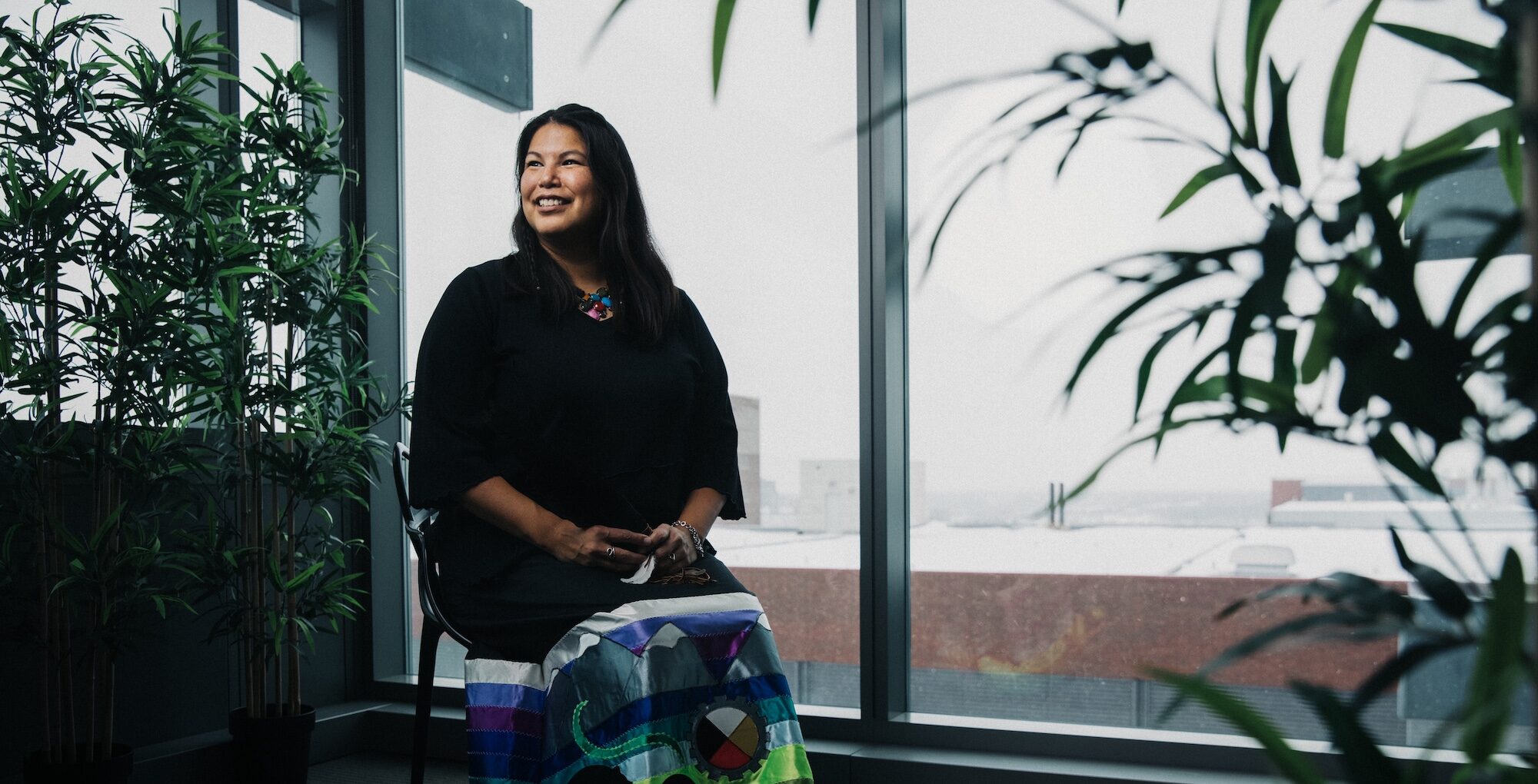
By Jessica Vandenberghe
P.Eng., FEC, FGC (Hon.)
I have always been fascinated by math – numbers and patterns, a language that can be used to describe anything! We can describe space, temperature, properties, create simulations, codes, and even talk about the imaginary and theories. I found a love of math in music – notes and rhythm, a way to describe feelings and how experiences and situations felt. This love of math led to a curiosity about science, which eventually led me to a career as a Chemical Engineer.
Working with matter, fluids, and math all together allowed me to create processes to harness the energy in elements, naturally occurring resources, and to help shift existing material into something reuseable. I worked closely with technologists and we tested theories and ideas at a small scale and eventually scaled up and tested and tweaked until what we were testing were mutli-story units in the middle of mines to see of all our theories and ideas would work!
Work was a fascinating place to continually learn and the ability to try and fail and try again along with a love of learning, reading, and growing was something that also was hugely beneficial in my personal life. As a First Nations Sixties Scoop Survivor, I did not grow up in community and did not know my biological family until much later in life. When I started to learn the Truth of the oppressive history of Indigenous Peoples and went to see the state of communities, I knew I needed to shift my career to Truth and Reconciliation and a different area. I read, listened, and watched incredible amounts of content on Canada’s shared history. I talked with many Elders, knowledge keepers, community leaders and heard horrific, fascinating, incredible, and healing life experiences of many.
As I learned more, I came to appreciate different world views and learned two-eyed seeing – understanding that Western ways of science and math were just one way to describe Natural Law and that First Nations, Metis, and Inuit all had another way – through centuries of observation, oral teachings, patient application of what was observed in order to create, work in harmony with, and always walk with an ingrained set of values called the 7 Sacred Teachings of humility, honesty, respect, courage, truth, wisdom, and love. I came to know that Indigenous Peoples had science and math before colonization introduced European ways of describing similar phenomena. And that basing ways of knowing, being, doing and relating on Natural Law meant that environmental stewardship, balance, and sustainability were also already ingrained into how communities functioned so both people and nature could all be healthy.
As scientists and engineers, we need to embrace different ways of knowing, being and relating and continue to be curious about how Indigenous ways and European and Western ways of science and math all can come together. Just like in Truth and Reconciliation, we need to walk together – be reciprocal, kind and respectful that there are many ways to get to our shared future.

About the Author
Jessica Vandenberghe is from the Dene Thá First Nation and a sixties scoop survivor. She holds two engineering degrees from the University of Alberta. She has worked in the oil sands, regulatory, infrastructure, consulting industries and academia. She is the Assistant Dean, Community and Culture with the Faculty of Engineering and Computer Science at the University of Victoria. She is a mother and at the intersection of two equity-deserving groups, which drives her passion for equity, diversity, and inclusion along with Truth and Reconciliation. She believes that we can walk together respectfully to heal, rebuild trust, and be changemakers.





